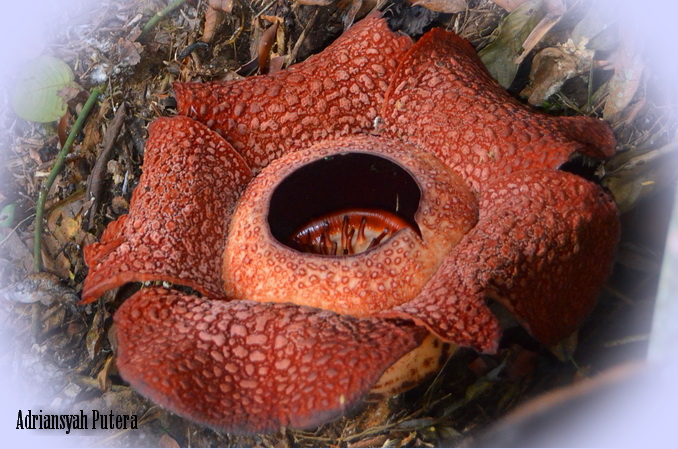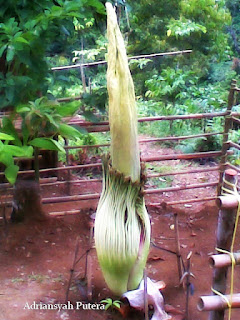 |
| Soekarno's Exiled Residence |
Soekarno, born as Kusno Sosrodihardjo (6 June 1901 – 21 June 1970). Soekarno or was also known as “Bung Karno”, was a prominent leader of Indonesian’s nationalist movement during the Dutch colonial period, who later became the first president of the Republic of Indonesia (from 1945 to 1967). He was exiled to Bengkulu by the Dutch during the struggles against Dutch colonial rule from February 1938 until released by the invading Japanese forces in 1942. In Bengkulu, he met his wife, Fatmawati, who gave him several children. The most famous being the first female President of Indonesia, Megawati Soekarno Puteri. The house in which he lived in during his imprisonment is well maintained in its original form as a museum. The house is quite spacious and has a wide yard, located on Jalan Soekarno Hatta Anggut Atas Bengkulu about 1 kilometer from downtown, or 2 kilometers from Fort Marlborough. Exhibits include Soekarno’s properties such as a wardrobe, two beds, some black and white photos of Soekarno, reverence books and drama costumes, even Soekarno’s trusty bicycle, etc. A visit to this house of exile, offers visitors a better glimpse into Soekarno's life.
Entrance fee Rp. 2,500; open daily 8 a.m – 6 p.m
 |
| Jamik mosque |
During his imprisonment by the Dutch in Bengkulu, Soekarno who was an architect, redesigned and renovated an old simple mosque (which established in 18th century) who later known as Masjid Jamik (Jamik Mosque). The mosque is frequently associated with the figure of Soekarno. The best time to visit the mosque is during Friday afternoon prayers, when the entire building is filled with people. The people who pray at the mosque are easygoing and hospitable to visitors. The Jamik mosque is located on Jl. Sudirman, nearby Suprapto shopping center between Splash hotel and Samudera Dwinka hotel, and it is a noted landmark in the city now. No entrance fee.
* Jl. is abbreviation of jalan which in English means street or road, sometimes written as jln
* Location: Bengkulu, Sumatra, Indonesia








































